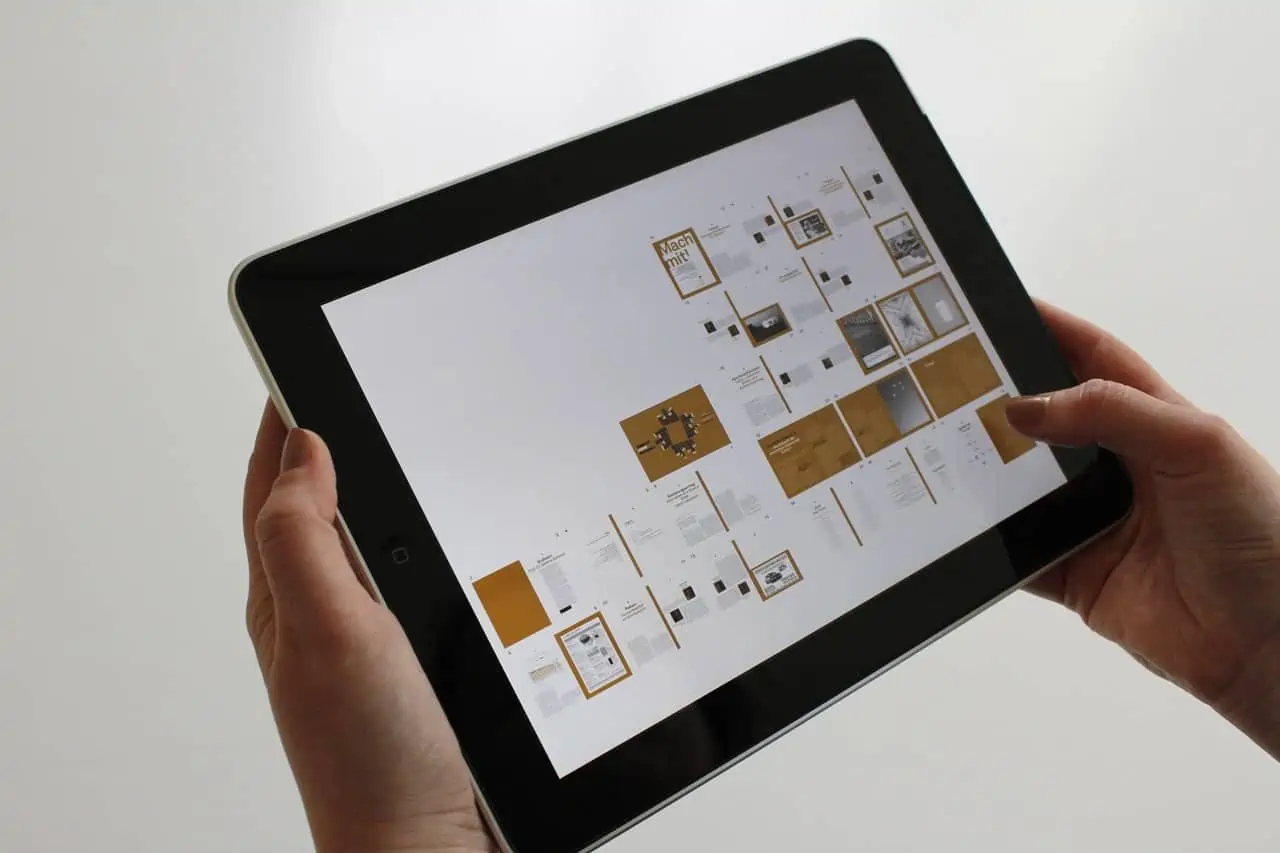IoT and GPS: Using IoT/GPS trackers effectively for business
We often see “IoT” and “GPS” mentioned in the same sentence while really parsing the terms to understand how they’re different and how they work together.
In this blog, we’ll define those two terms and show how they work together. We’ll also look at some use cases where IoT and GPS can protect business assets and even increase profitability.

IoT and GPS represent the next level of security and communication.
What is IoT?
IoT, the Internet of Things, is the interconnectivity of things, objects with each other, the internet, and whatever monitoring software you choose.
Using RFID (radio frequency identification), Wi-Fi connectivity, and cellular technology, devices can communicate with each other and often with a central computer control panel. Typically, devices can communicate a specific number of types of information. For example, a smart refrigerator can tell when the milk has run out because the sensor in the milk space tells it that there’s nothing there. A computer can communicate to your cell phone to let the phone know that the computer is nearby.
What is GPS?
The Global Positioning System was started in 1973 by the US Department of Defense. Five years later the first prototype satellite was launched. The complete system of 24 satellites became operational in 1993.
Today, we take GPS for granted. We all have it on our phones. In your cell phone, you might have wireless assisted GPS that uses the phone’s network and satellites to determine your location.
GPS positioning is important for things like cargo trackers, asset trackers, and more. These devices use three satellites overhead for trilateration. Using the signals from the three satellites, the device can pinpoint its location within a few feet.
How do IoT and GPS work together?
In reality, GPS is the forerunner of all other IoT devices. Using communication from the satellites, the device can detect its precise location. With IoT, more information is sent through direct communication or usually through a Wi-Fi connection to all the other devices in a home or a business.
Using IoT and GPS in a business
Of course, the biggest and most talked-about use for GPS and IoT technology is cargo and fleet tracking. By taking vehicles, we’re able to know where goods are, where vehicles are, and more.
There are many more uses that are less talked about:
Agriculture – IoT sensors can be placed in fields to tell a farmer if the area needs to be watered, if there are pests, or if the area needs more fertilizer. Using IoT devices, animals can be tracked for health, location, and more.
IoT for agriculture will allow farmers to cover much more space with less effort. Since the IoT sensors act as the farmer’s eyes in the field, one farmer can respond to massive land areas with no difficulty. Both IoT and GPS communications will inform this system.
Environment – For many businesses, tracking air quality is a legal and moral requirement. With sensors located at a distance from a plant or a dump, the company can track air quality to make sure that nothing is being released they don’t know about. Also, since the sensors can be programmed to issue an alert when there’s a problem, the company can be notified any time about an issue as soon as it develops.
Smart buildings – From water in the basement to the temperature in the attic, an office building can be wired to tell the owners what’s happening as soon as it happens. For example, if there’s water in the basement, the IoT sensors will signal the maintenance team. This allows for a faster response to crises than ever before.
A smart office building can control things like window coverings, heating and cooling, and much more to create a building that’s much more efficient. These sensors are small and can be placed almost anywhere.
M2M – Machine-to-machine (M2M) communication can make devices speak to each other and work together. One major application of this is in mining. Rather than putting humans into harm’s way, massive trucks, shovels, and rail lines can be automated. These devices can even place explosives automatically, all under the guidance of a manager who can oversee everything from a safe distance and give the machines operating instructions remotely. GPS work with IoT to deliver proper and detailed data.
In a factory, M2M can allow machines in a manufacturing line to tell each other what part of a job is completed, where they need to have materials placed, and even signal to have a human come and intervene. Even things like forklifts are being automated to pick up loads and move them into warehouses, onto trucks, or around the factory floor.
IoT and GPS benefits
For businesses, all of this can save money, remove people from dangerous jobs, and reduce fuel usage. Learn more about regional trends and concerns in our blog, “The Leading Concern and the Regional Trends of Internet of Things (Iot)-Connected Devices Market.”
With machines and appliances able to communicate what’s going on, it requires fewer humans to monitor everything. For example, in cold chain monitoring, where a human used to have to take temperatures, log them, and respond to problems, temperature sensors can detect a temperature change and respond instantly, with no human interaction.
The goal of IoT and GPS technology for businesses is to make everything less expensive, more efficient and more reliable. IoT devices can be found everywhere and will become even more prevalent in the coming years.
We can expect that nearly every function that can be automated will be. The result will hopefully be more leisure time for humans, where people simply monitor the activity to machines and make corrections as needed.
